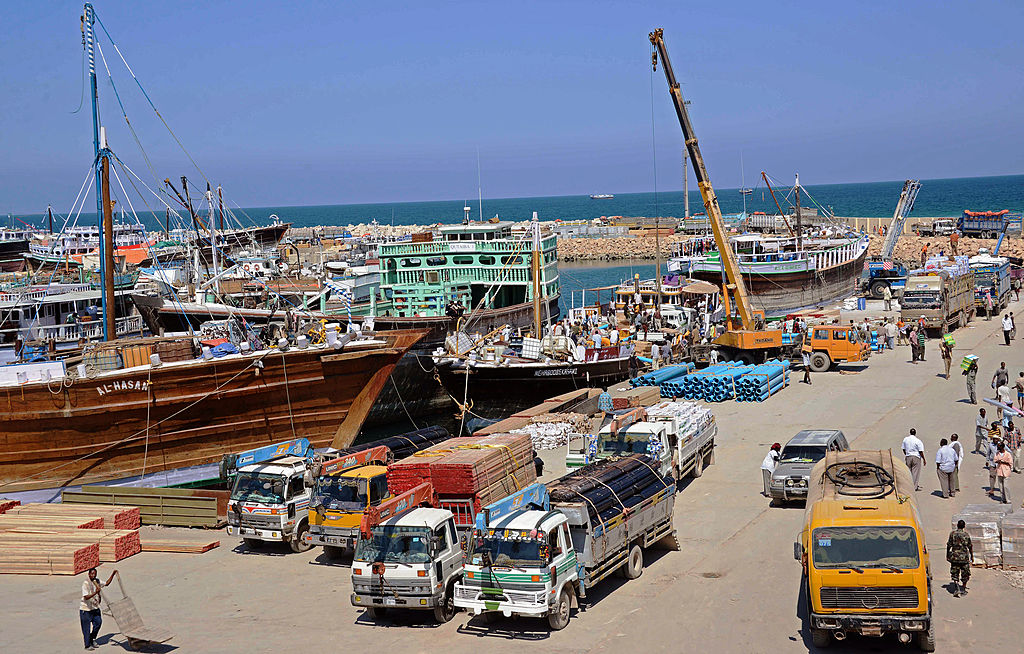ADF STAFF
The Islamic State group has doubled its presence in Somalia in recent months due to an influence of foreign fighters, many of them coming from countries in Africa and the Middle East, according to the United Nations.
The U.N. Sanctions Monitoring Team for Somalia estimates IS-Somalia now has 600 to 700 fighters. The expansion has enabled IS to expand its operations and challenge al-Shabaab, which is affiliated with IS’s rival al-Qaida. IS-Somalia has taken over some former al-Shabaab territory in the mountains of northern Somalia.
Fighters are coming from Ethiopia, Morocco, Syria, Sudan, Tanzania and Yemen. In most cases, they enter Somalia through its northern Puntland state, which shares a border with Ethiopia and lies 300 kilometers across the Gulf of Aden from Yemen. Islamic State’s Yemen Province, which formed in 20014, has been engaged in Yemen’s civil war since 2015.
The expansion of Islamic State in Somalia coincides with that group’s growing prominence among the broader IS organization. IS-Somalia has also become a key source of funding for IS operations in Africa.
“Despite being relatively limited inside Somalia compared to its rival in al-Qaida’s al-Shabaab, the Islamic State’s Somalia Province is punching well above its weight internationally and has become one of the Islamic State’s most important global branches,” analysts Caleb Weiss and Lucas Webber wrote for the Combating Terrorism Center at West Point.
IS-Somalia took shape in 2015 after al-Shabaab fighters left that terror group and pledged allegiance to IS. After suffering military defeats by state and federal forces, IS-Somalia made progress expanding its presence in the Bari region of Puntland and attracted foreign fighters, according to the U.N. report.
IS-Somalia now has footholds in the Balidhidin, Hunbays, Iskushuban and Qandala districts of the Bari region, according to the U.N. Bari makes up the northern tip of Somalia and lies across the Gulf of Aden from Yemen. Bari is the home of the port city of Bosaso, which both IS-Somalia and al-Shabaab use to import fighters and equipment. Both run extortion operations at the port and, to date, neither has been able to take complete control of the facility.
“IS’s small size and basing in more remote areas will continue to prevent it from exerting the level of physical control necessary to uproot al-Shabaab’s financial networks,” analyst Liam Karr wrote earlier this year for the Institute for the Study of War.
In August, Puntland authorities intercepted five kamikaze drones that they believe entered the country through Bosaso, bound for either IS-Somalia or al-Shabaab fighters in southern Somalia. At the time, Puntland authorities described the seizure as a significant blow against terrorists in the country.
Bosaso’s port is a major source of funding for IS-Somalia, which generates hundreds of thousands of dollars each month through extortion operations despite continued pressure from al-Shabaab, according to the U.N. IS-Somalia uses some of those resources to support terrorist groups in the Democratic Republic of the Congo and Mozambique.
As part of its effort to recruit foreign fighters to Somalia, IS’s media arm is creating propaganda videos in the major languages of Ethiopia, such as Amharic and Oromo.
Observers say the arrival of more foreign fighters to Somalia is potentially a threat to other countries. Foreign fighters are often hardened ideologues uninterested in the parochial issues that often motivate local militants, according to Karr. Their goal is to launch larger-scale attacks beyond Somalia’s borders.
“An influx of foreign fighters would increase the risk that the group develops external attack aims,” Karr wrote. “Many foreign fighters have also demonstrated interest in returning to their countries of origin to organize attack plots after being further radicalized in an active conflict theater.”

